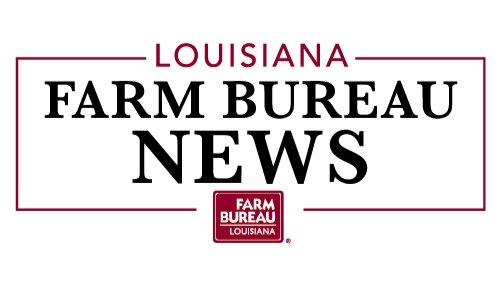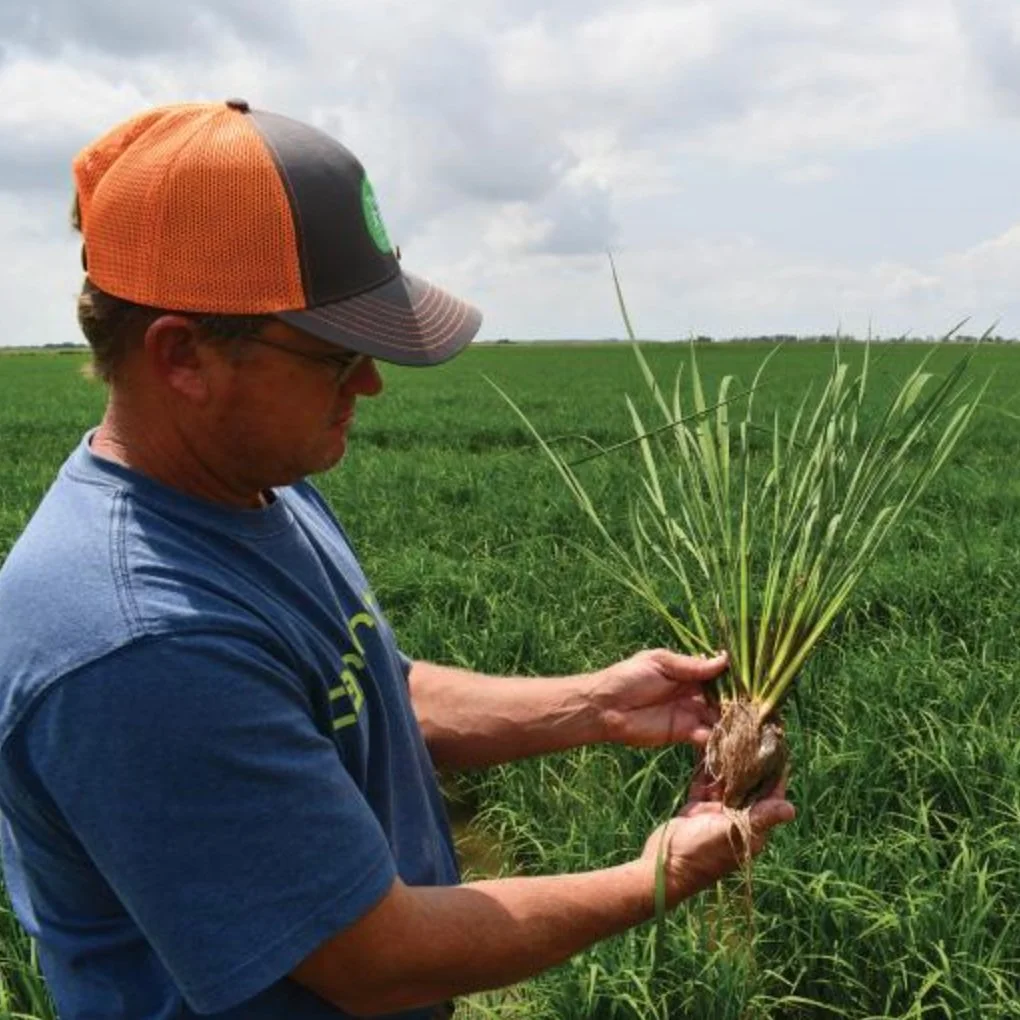USA Rice extends condolences to the family and friends of Charles (Charlie) Nelson Bollich, who passed away on June 16. He was 95.
Read MoreAs more Gulf Coast consumers learn of the potential benefits of locally grown high-protein, low-glycemic index rice, researchers at the LSU AgCenter’s H. Rouse Caffey Rice Research Station are expanding efforts to develop cultivars with even greater nutritional advantages.
Read MoreIt’s no secret U.S. rice farmers are struggling, trying to maintain or increase yields while keeping production costs as low as possible until higher prices arrive at some point in the, hopefully, not-too-distant future.
Read MoreRiceBran Technologies earlier this month began a capacity expansion project at its core stabilized rice bran (SRB) facility in Mermentau, Louisiana. According to the company, the added capacity will allow RiceBran to meet growing demand for North American-sourced ingredients for the companion animal market.
Read MoreWeed scientists with the LSU AgCenter are focusing on a pair of herbicides as promising products to control broadleaf weeds and sedge in rice fields.
Read MoreThe latest episode of The Rice Stuff podcast gives a behind-the-scenes look at how the Clearfield and Provisia technologies revolutionized U.S. rice from two people who helped develop them: Dr. Eric Webster, director of the University of Wyoming Agricultural Experiment Station, and Dr. Steve Linscombe, director of the Rice Foundation and USA Rice’s Leadership Class Program.
Read MoreWhen not growing rice, Paul Johnson uses crawfish farming and waterfowl hunting to round out his family farming operation. His wife and kids are an integral part of the business and lifestyle, in which they are active participants.
Read MoreThe Philippines is the eighth largest market for U.S. agricultural exports and the top market in Southeast Asia. Already a longstanding and reliable trading partner, the Philippines continues to offer many opportunities for exporters because of its young and growing population and rising household income.
Read MoreFrom the latest news about top performing Provisia and Clearfield rice varieties to updates from industry leaders, the annual Horizon Ag Louisiana Field Day is the place for farmers looking to stay on top of production challenges while seeking higher yields, better milling quality and more return on their investment.
Read MoreWhen Dr. Steve Linscombe was accepted into the Rice Leadership Development program in 1996, he likely didn’t think he would end up heading the program decades later. That is what the Leadership Program does. It selects rice industry individuals who have applied to the program and develops them into impactful leaders by way of exposing them to people and places they might have never witnessed before.
Read More- John Morgan, a vice president of Supreme Rice Mill in Crowley, Louisiana, has been appointed to serve a second two-year term on the U.S. Department of Agriculture Federal Grain Inspection Service’s (FGIS) Grain Inspection Advisory Committee. Morgan previously served on the committee from 2018-2020.
Morgan is the long-serving chair of the USA Rice Millers’ Association Industry Standards Committee, the main point of contact between the U.S. rice industry and USDA on rice standards and technical issues related to rice milling.
The Grain Inspection Advisory Committee advises FGIS on the programs and services it delivers under the U.S. Grain Standards Act. The Committee represents all segments of the grain industry, including grain producers, processors, merchandisers, handlers, exporters, consumers,
grain inspection agencies, and scientists.
“With his years of experience and industry knowledge, John is an incredible asset to the advisory committee and we’re glad to see USDA has again selected him to serve in this role,” said Peter Bachmann, USA Rice vice president of policy and government affairs. “John has represented us well on this committee and we can rest assured that the rice industry’s concerns and priorities on grain standards will be effectively communicated to USDA.”
Read MoreInsects and other pests can destroy a crop at any stage, reducing yields and grower profits.
Over the past few years, Louisiana has experienced a multitude of pests attacking the rice industry. Growers and researchers continue to be diligent in finding ways to combat the issues that arise to have a successful and productive harvest.
Read MoreThe invasive Mexican rice borer (Eoreuma loftini) has become increasingly problematic in Louisiana in recent years and threatens both rice and sugarcane, the two most important crops in the southern part of the state.
Read MoreToday, the Senate Agriculture, Nutrition, and Forestry Committee held a hearing on Opportunities and Challenges Facing Farmers, Families, and Rural Communities where Agriculture Secretary Tom Vilsack testified and responded to questions on a litany of issues.
Read MoreRice researchers at the Texas A&M AgriLife Research Center at Beaumont have begun a project that utilizes unmanned aerial vehicle, UAV, data to speed up rice cultivar selection and breeding.
The team will use UAVs to capture real-time images of rice crops, extract crop phenotypic traits from the images, and ultimately analyze that information to discover superior, high-yielding rice genotypes.
Read More














